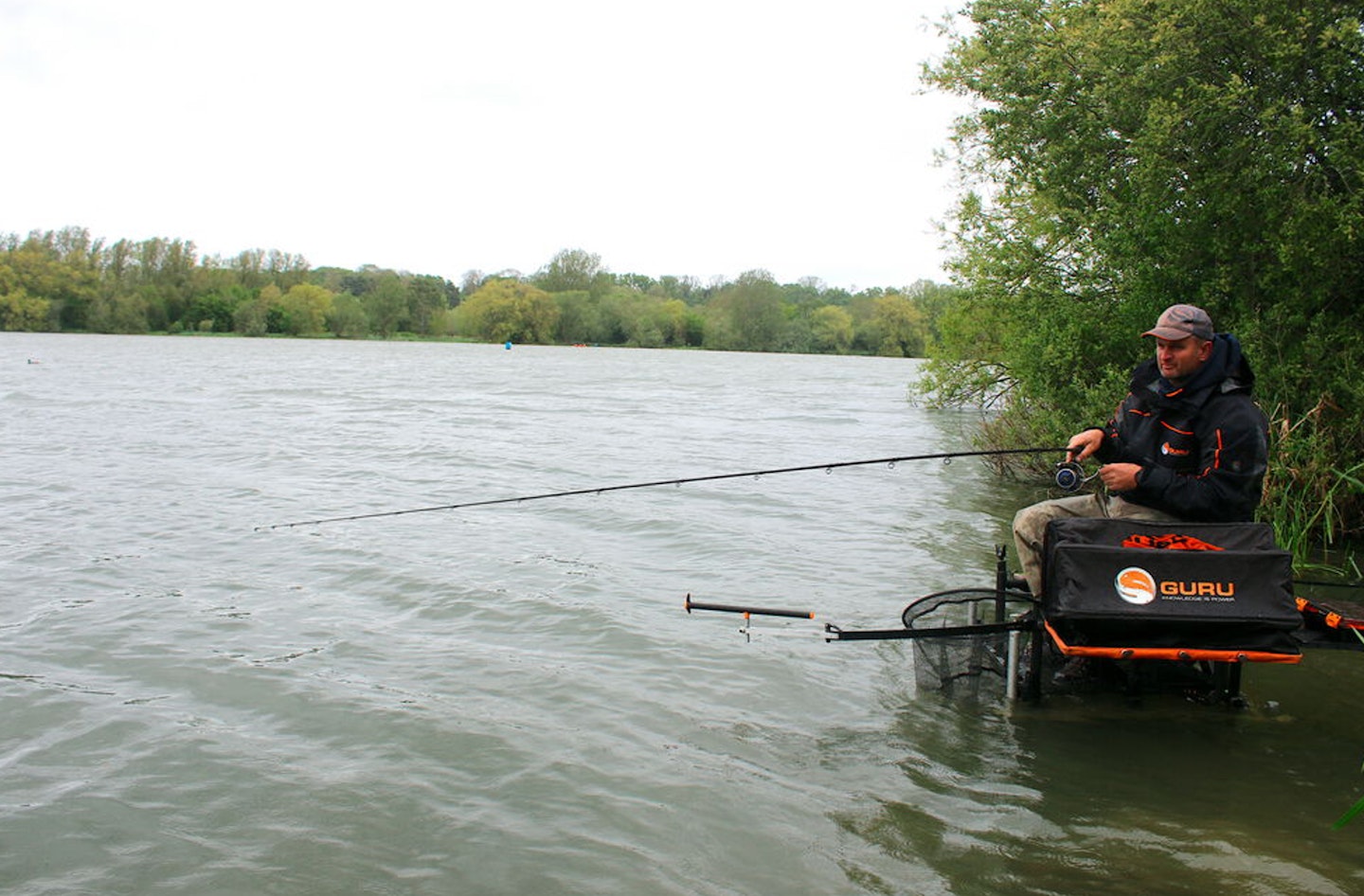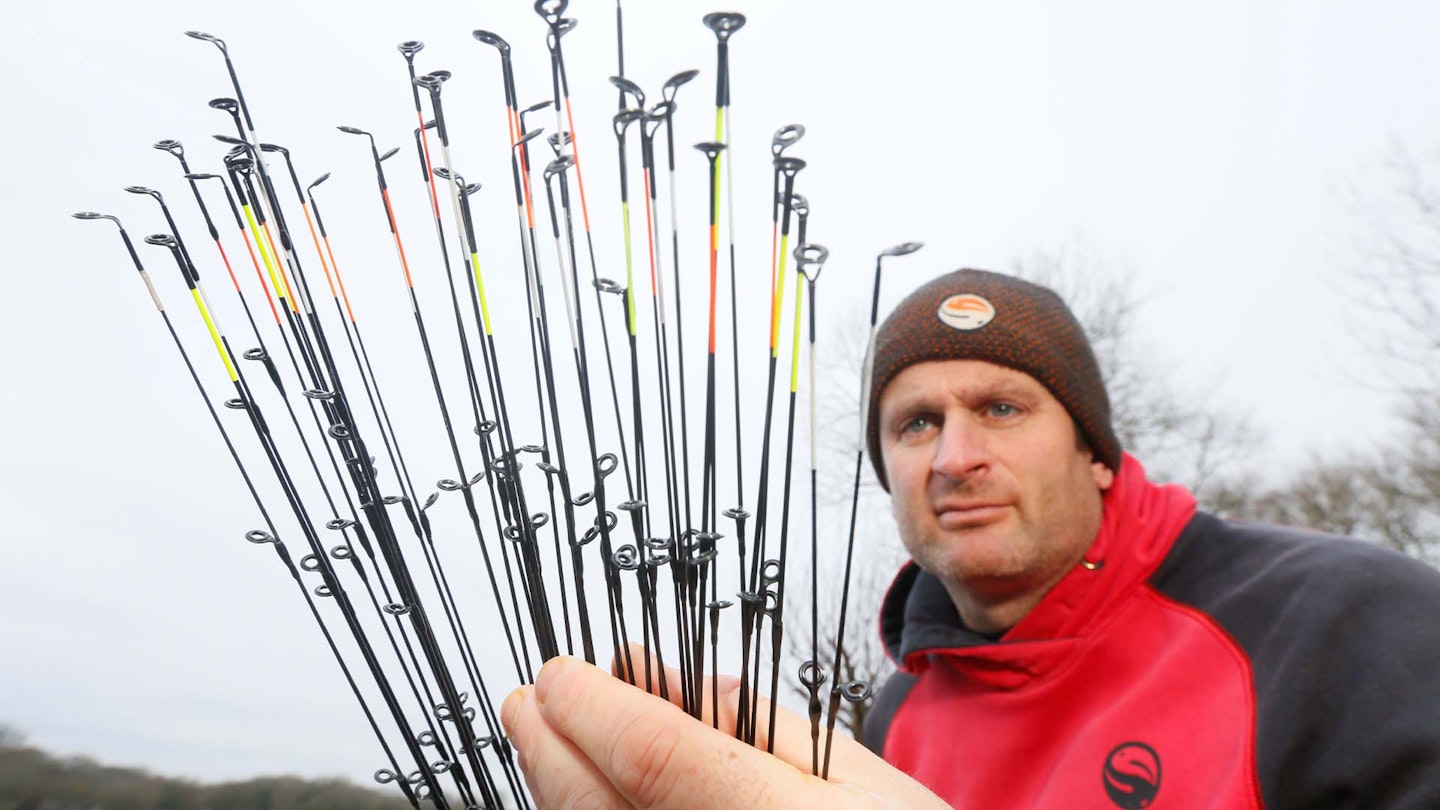Almost all feeder rods come with a selection of quivertips rated to different strengths.
You might think that sticking to just one ‘happy-medium’ tip would do the job for a range of fishing scenarios, but that’s not strictly the case.
Not only do you need to consider the strength of the tip, often rated in ounces, but you also need to take into account the diameter of the rings on each tip, and even how much tension you plan on putting in the tip when waiting for a bite.
Don’t look at that beefy 3oz tip and think ‘I’m never going to use that’, because there will be times when it’s the only sensible choice - distance fishing is one example. Likewise, don’t be hookwinked into thinking that lighter tips mean more bites.
The advent of braid, and the way fish like bream and roach now feed positively, means the days of using a target board and striking at little taps and pulls are long gone!
Set your tension
For carp fishing I set the tip with a fair bend in it. You want it to go round and keep on going. For roach and skimmers, a tip with less tension lets fish take the bait and register a bite without them spitting the hookbait.
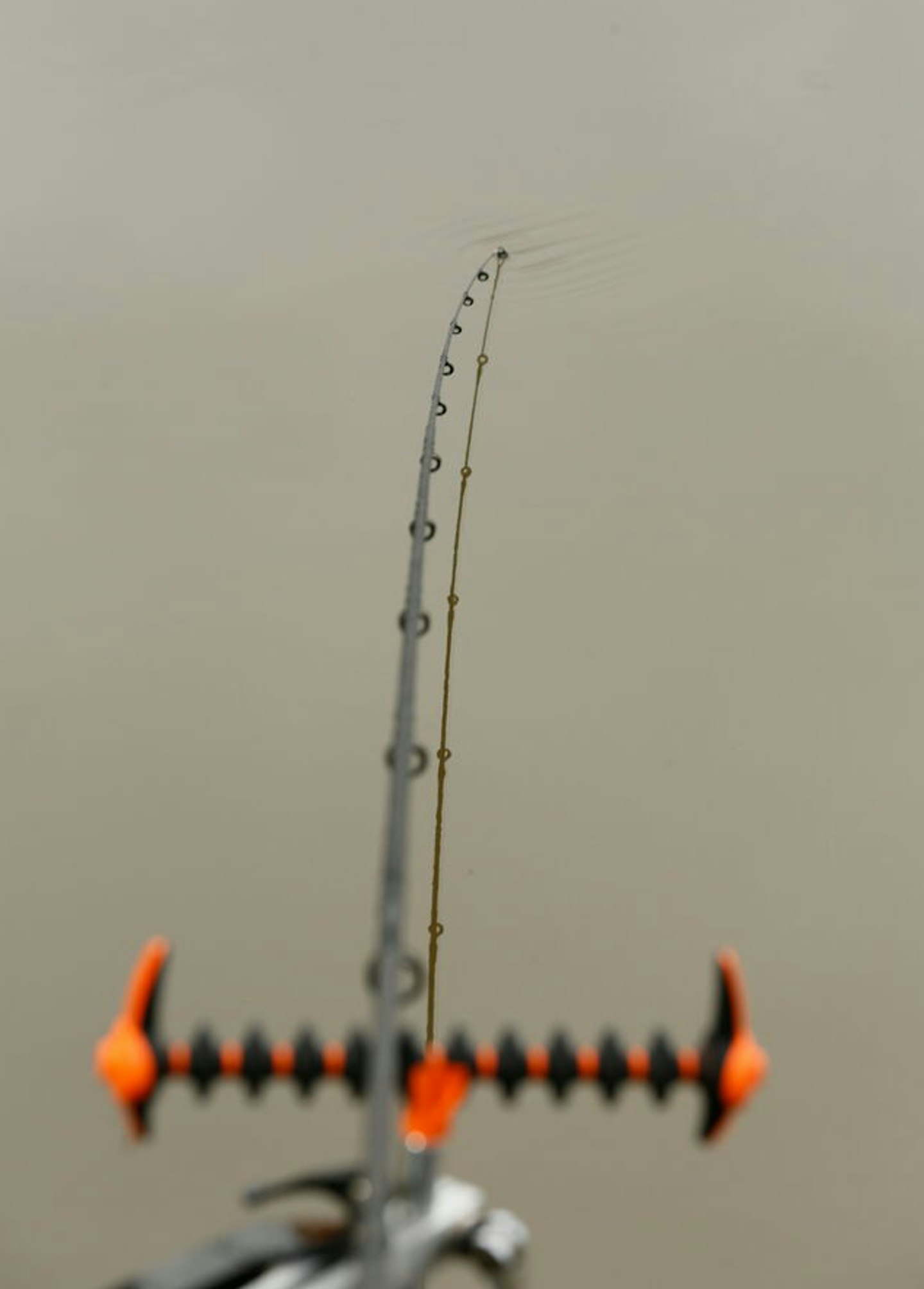
Choose your weight
Numbers let you know that you have the right tip fitted. A 0.75oz – 1oz tip is ideal for small skimmers and roach close in. A 1.5oz - 2oz tip is used for bream on moderate chucks, and a 3oz tip is for big casts when carp fishing.
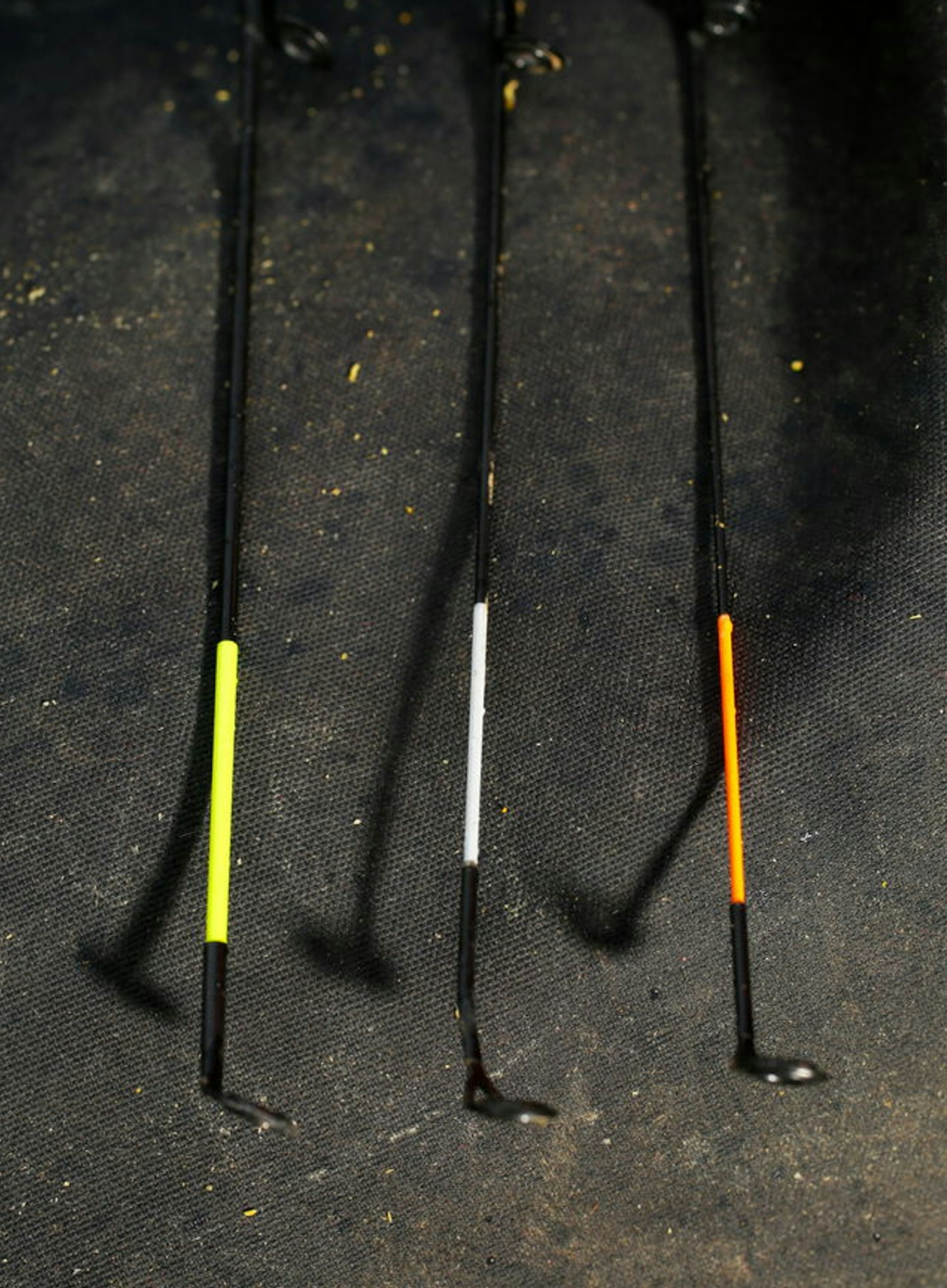
Beat crack offs
Casting with braid and a shockleader using a quivertip with small rings is asking for a ‘crack off’ or the braid getting stuck in the rings. A tip with big rings will let braid and leader knot pass through.
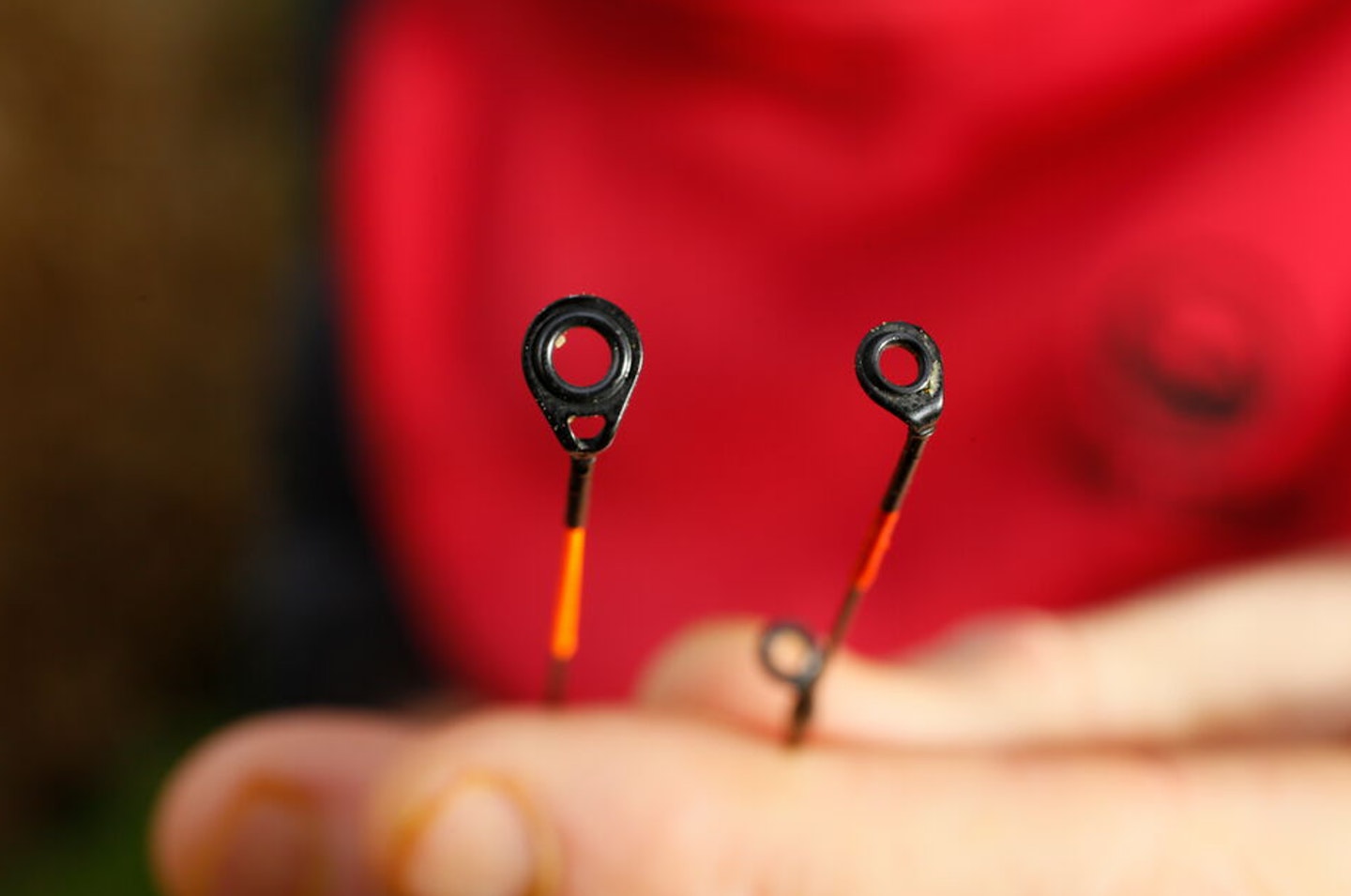
Consider the tow
At medium to long range, you’ll have to take into account tow on the water. If the quivertip is too light and the tow strong, the tip will lock right round, making bite detection impossible on such a tight line.
